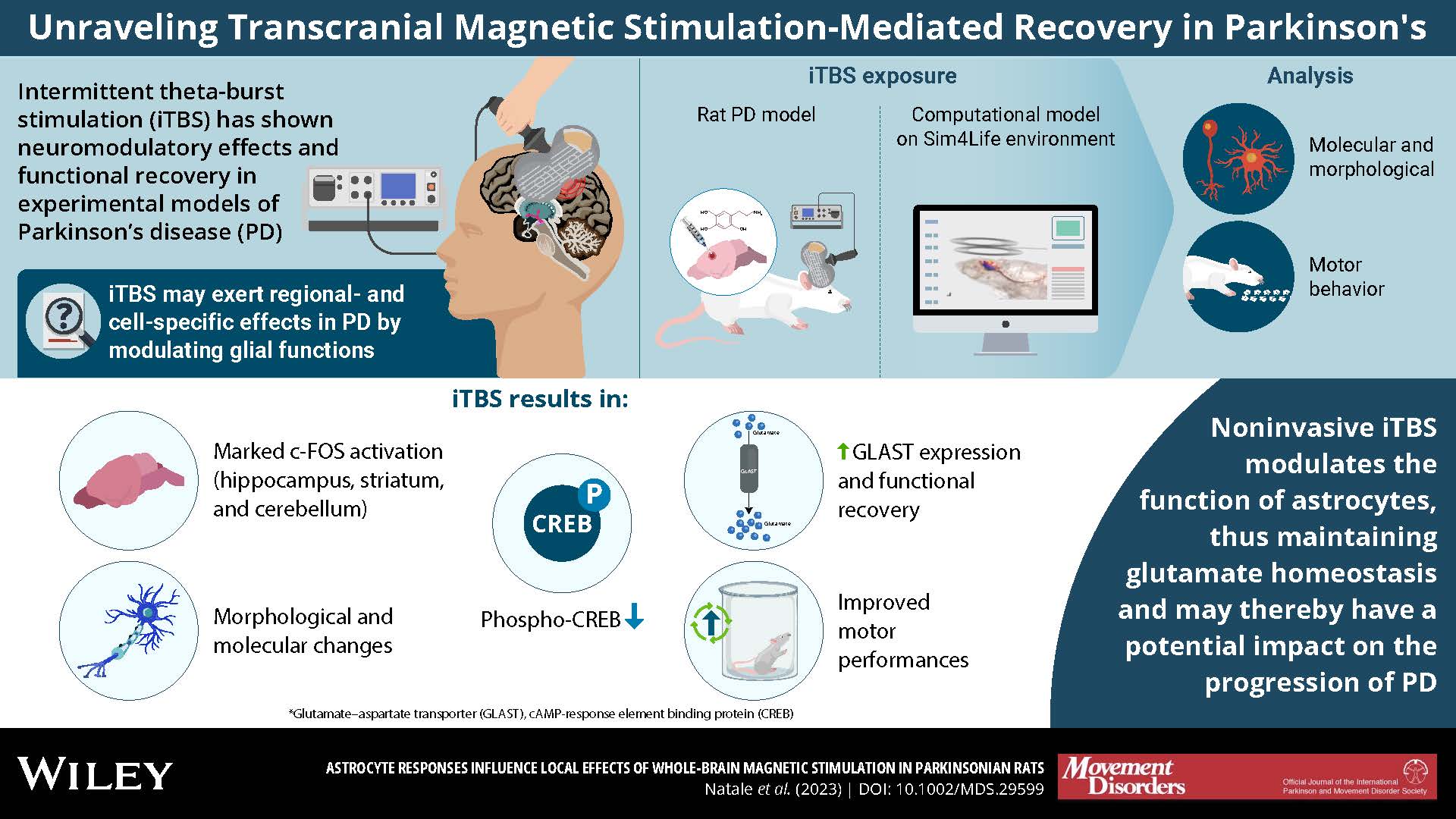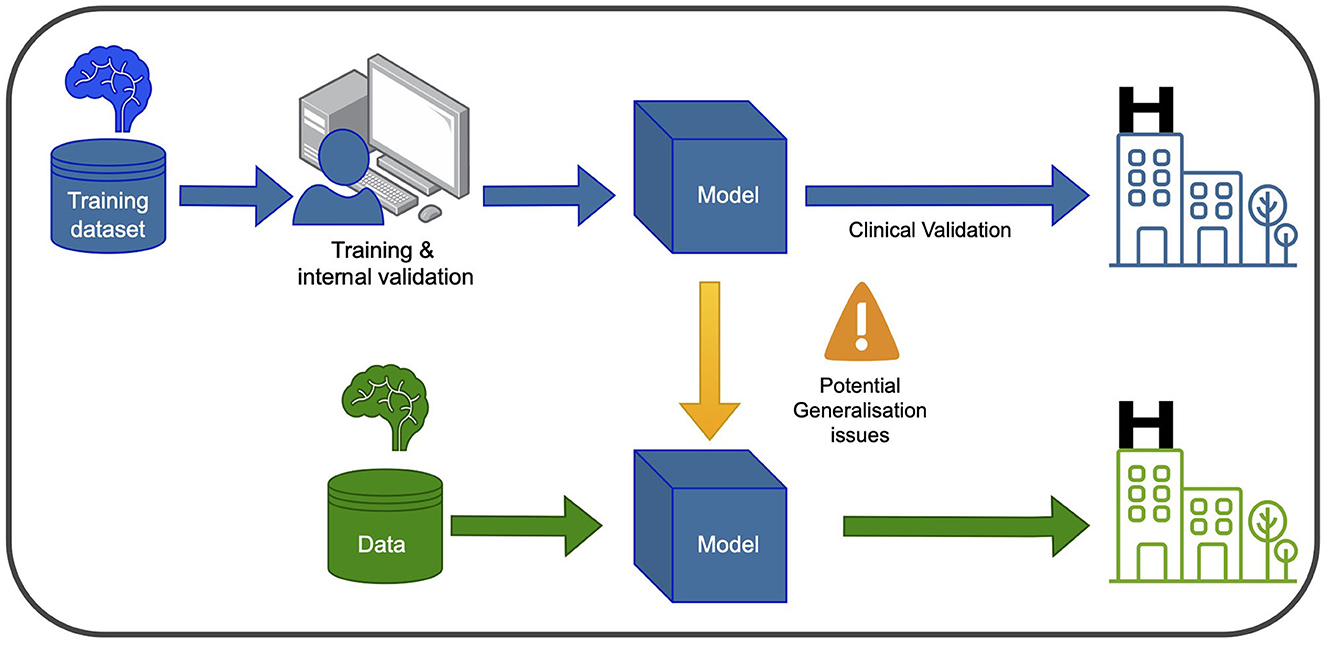Physical Address
304 North Cardinal St.
Dorchester Center, MA 02124

Parkinson’s disease and progressive supranuclear palsy (PSP) are both neurological disorders but have distinct differences. In Parkinson’s disease, there is a gradual loss of dopamine-producing cells in the brain, leading to symptoms such as tremors, stiffness, and balance problems.
On the other hand, PSP is characterized by the accumulation of abnormal tau protein in the brain, resulting in difficulties with balance, eye movement, and executive function. Despite sharing some similar features, Parkinson’s disease and PSP have distinct underlying causes and symptoms.
Parkinson’s disease is a progressive neurodegenerative disorder that affects movement. It is named after the British physician, Dr. James Parkinson, who first described the condition in 1817. This chronic and debilitating disease primarily affects the dopamine-producing cells in a specific area of the brain called the substantia nigra, leading to a shortage of dopamine.
Parkinson’s disease is characterized by a combination of motor and non-motor symptoms. Motor symptoms include tremors, stiffness, bradykinesia (slowed movement), and postural instability. Non-motor symptoms may include depression, sleep disturbances, constipation, and cognitive impairment.
The exact cause of Parkinson’s disease remains unknown, but a combination of genetic and environmental factors is believed to play a role. Genetic mutations, exposure to certain toxins, and age are considered risk factors for developing the disease. While Parkinson’s typically affects older individuals, it can also occur in younger people.
To diagnose Parkinson’s disease, physicians rely on clinical observation and various diagnostic tests. These may include a detailed medical history, neurological examination, and sometimes imaging tests like magnetic resonance imaging (MRI). Although there is no cure for Parkinson’s disease, treatment options aim to manage symptoms and improve the patient’s quality of life. Medications, physical therapy, and support from a multidisciplinary team of healthcare professionals are commonly used approaches.

Credit: movementdisorders.onlinelibrary.wiley.com
Progressive Supranuclear Palsy (PSP) is a neurodegenerative disorder that shares some symptoms with Parkinson’s disease, such as movement difficulties and balance problems. However, PSP is characterized by unique features like vision problems, cognitive decline, and early falls, making it distinct from Parkinson’s.
Progressive Supranuclear Palsy (PSP) is a neurodegenerative disorder that affects the movement and control of certain muscles in the body. It is a rare condition, often misdiagnosed as Parkinson’s disease due to the similarities in symptoms. However, PSP is distinct and has its own set of characteristics that differentiate it from Parkinson’s disease.
PSP is characterized by the progressive deterioration of nerve cells in specific regions of the brain, including the brainstem and basal ganglia. This degeneration leads to the formation of abnormal clusters of proteins, called tau, in the affected areas. The accumulation of these tau proteins disrupts the normal functioning of the brain cells, resulting in the development of various symptoms.
Some of the common symptoms of PSP include:
The exact cause of PSP is unknown, but researchers believe that a combination of genetic and environmental factors may contribute to its development. Mutations in certain genes, such as the MAPT gene, have been linked to an increased risk of PSP. Additionally, exposure to toxins, head injuries, and certain infections may also play a role in the development of the condition.
Diagnosing PSP can be challenging, as its symptoms overlap with other neurodegenerative disorders like Parkinson’s disease. A thorough medical history, physical examination, and various tests, including brain imaging and neurological evaluations, are usually required for an accurate diagnosis. It is important to differentiate PSP from other conditions as treatment plans and management strategies may differ.
Currently, there is no cure for PSP. Treatment primarily focuses on managing the symptoms and improving the patient’s quality of life. This may involve a combination of medications, physical therapy, speech therapy, and occupational therapy. Supportive care, including assistive devices and modifications to the living environment, can also be beneficial in managing the challenges posed by PSP.
Parkinson’s disease (PD) and Progressive Supranuclear Palsy (PSP) are both neurodegenerative disorders that can cause movement difficulties. While they share some similarities in their symptoms, there are several key differences that distinguish them from each other. Understanding these differences can help individuals, caregivers, and healthcare professionals accurately diagnose and manage these conditions. In this article, we will explore the main distinctions in terms of motor symptoms, non-motor symptoms, as well as the progression and prognosis of Parkinson’s and PSP.
Movement-related symptoms are often the primary indicators of neurodegenerative disorders like Parkinson’s and PSP. However, the specific motor symptoms exhibited by each condition can vary significantly. In the case of Parkinson’s disease, one of the most prominent motor symptoms is tremors, which typically start in one limb and gradually spread to other parts of the body. Tremors in Parkinson’s are often described as a “pill-rolling” motion of the hands. On the other hand, PSP may not involve tremors at all. Instead, individuals with PSP commonly experience difficulties with balance, coordination, and gait. They may exhibit a stiff, unsteady gait and have trouble looking upward or downward.
While motor symptoms are usually most noticeable, both Parkinson’s and PSP can also manifest various non-motor symptoms that significantly impact an individual’s quality of life. In Parkinson’s disease, non-motor symptoms can include depression, anxiety, cognitive impairment, sleep disturbances, and gastrointestinal issues, among others. These non-motor symptoms may occur alongside or even precede the onset of motor symptoms. On the other hand, individuals with PSP may experience a different set of non-motor symptoms, such as speech and swallowing difficulties, changes in behavior, and cognitive decline. PSP is often characterized by a distinctive pattern of eye movement abnormalities, including problems with voluntary control of eye movement, leading to difficulty focusing and tracking objects.
The progression and prognosis of Parkinson’s and PSP also differ. In Parkinson’s disease, symptoms generally progress slowly over time. Although motor symptoms may worsen, individuals with Parkinson’s usually maintain their intellectual capabilities for an extended period and may enjoy a relatively normal life expectancy. On the other hand, Progressive Supranuclear Palsy is typically more aggressive and progresses faster than Parkinson’s. In the later stages of PSP, individuals may become severely disabled, experiencing difficulty with walking, talking, and even simple day-to-day activities. Recognizing these differences in disease progression can be crucial for developing appropriate treatment strategies and providing necessary support and care.
Understanding the key differences between Parkinson’s disease and Progressive Supranuclear Palsy is essential for accurate diagnosis, targeted treatment, and effective management. While both conditions have similarities in their movement-related symptoms, the presence or absence of specific motor symptoms, the range of non-motor symptoms, and the rate of progression significantly vary. By recognizing these distinctions, individuals and healthcare professionals can optimize care plans and improve the quality of life for those affected by these neurodegenerative disorders.

Credit: www.thelancet.com
Shared Features and Overlapping Symptoms: Understanding the Distinctions between Parkinson’s Disease and Progressive Supranuclear Palsy (PSP)
Both Parkinson’s Disease (PD) and Progressive Supranuclear Palsy (PSP) manifest similar motor symptoms, such as bradykinesia, rigidity, and postural instability. Additionally, both disorders commonly involve non-motor symptoms like cognitive impairment, mood changes, and sleep disturbances. The shared presentation of these symptoms often complicates the accurate diagnosis of PSP and PD.
Diagnosing PSP can be particularly challenging due to its resemblance to Parkinson’s Disease at the initial stages. Moreover, the asymmetrical onset of symptoms in PSP and the absence of a favorable response to dopaminergic medications, which are effective in PD, contribute to the complexity of differentiating between these two conditions.
As researchers continue to delve into the complexities of Parkinson’s disease (PD) and Progressive Supranuclear Palsy (PSP), advancements in understanding and emerging treatment approaches offer hope for patients and their families.
The understanding of the underlying mechanisms and risk factors for PD and PSP has advanced significantly in recent years. Researchers have made significant strides in identifying genetic and environmental factors that may contribute to the development of these conditions, as well as the pathological processes that lead to their characteristic symptoms.
Advancements in understanding the molecular and cellular pathways involved in PD and PSP have paved the way for the development of novel treatment approaches. These include targeted therapies aimed at modulating specific pathways implicated in the neurodegenerative processes, as well as innovative strategies for symptomatic management to improve quality of life for individuals living with these conditions.
“`
I hope you find the information engaging and SEO-friendly! Let me know if you need further assistance.

Credit: www.frontiersin.org
Progressive supranuclear palsy (PSP) has four stages: early, intermediate, advanced, and end-stage. Symptoms become more severe and debilitating as the disease progresses.
Early symptoms of Progressive Supranuclear Palsy (PSP) include difficulties with balance and falling, frequent head tilting, problems with eye movements, slowed movements, stiffness, and cognitive changes. It is important to consult a healthcare professional for accurate diagnosis and management.
The life expectancy of someone with progressive supranuclear palsy varies but is generally around 5-10 years after the onset of symptoms.
Yes, some individuals have shown improvement in symptoms through various treatments and therapies. It’s important to consult with healthcare professionals for personalized care and management of Progressive Supranuclear Palsy (PSP).
To sum up, understanding the distinctions between Parkinson’s disease (PD) and Progressive Supranuclear Palsy (PSP) is crucial for accurate diagnosis and treatment. While both conditions affect movement and can appear similar initially, key variations exist. PD primarily affects motor skills, whereas PSP also impacts cognition and balance.
Identifying specific symptoms and consulting with healthcare professionals are integral steps towards effective management of these neurological disorders.

